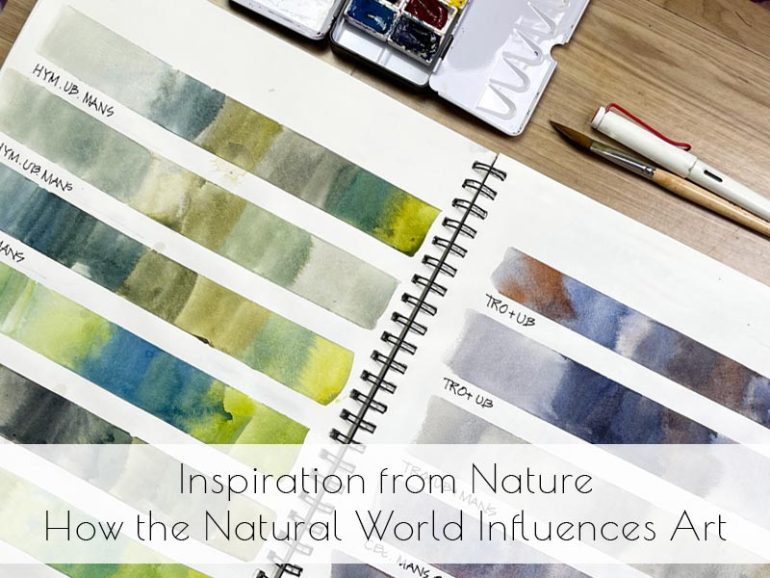The natural world has always been a profound source of inspiration for artists. From the serene beauty of landscapes to the intricate details of flora and fauna, nature offers endless possibilities for creativity. In this post, we’ll explore how artists draw inspiration from nature, techniques for incorporating natural elements into your work, and the benefits of outdoor sketching and painting.
Artists Who Draw Inspiration from Nature
Many renowned artists have looked to nature for inspiration, creating works that capture its beauty and complexity.
- Claude Monet: As a leading figure of Impressionism, Monet often painted outdoors to capture the changing light and colors of the landscape. His series of water lilies and haystacks are iconic examples of how he depicted the same scene under different lighting conditions.
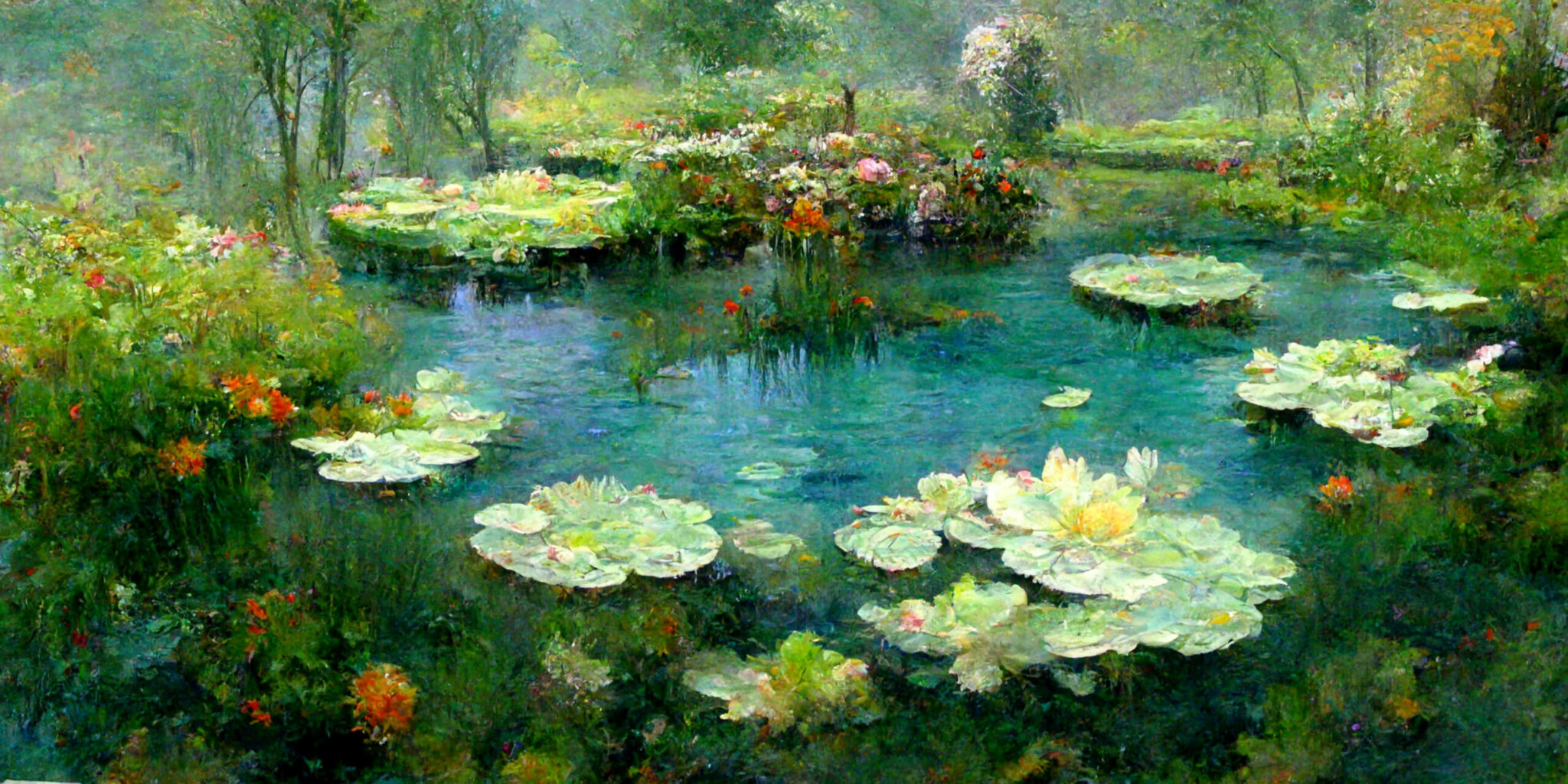
- Georgia O’Keeffe: Known for her stunning close-up paintings of flowers and desert landscapes, O’Keeffe’s work emphasizes the shapes and colours found in nature. Her bold and vibrant depictions of natural forms continue to captivate audiences.
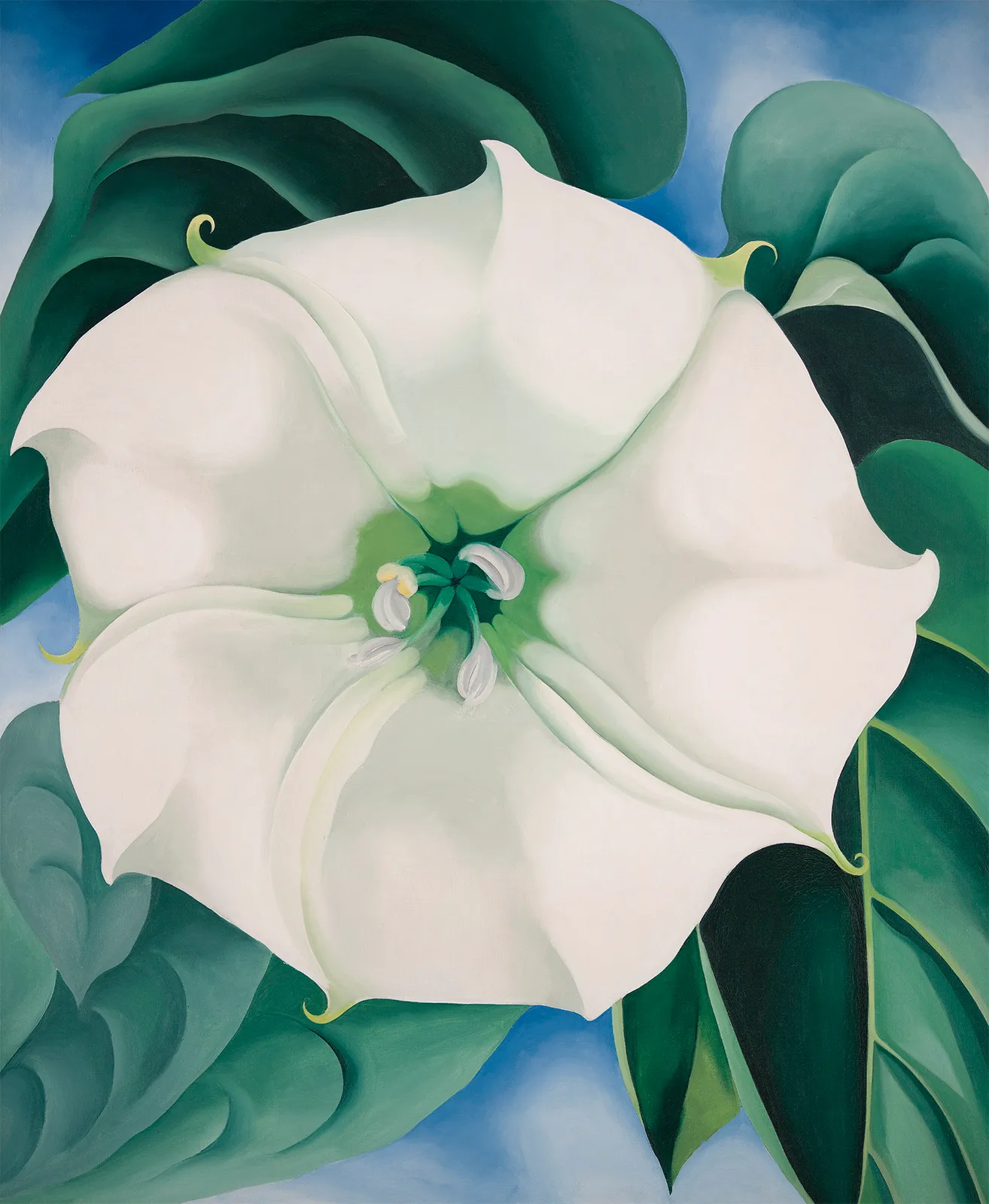
- Ansel Adams: A master of black-and-white photography, Adams is celebrated for his breathtaking images of American landscapes, particularly Yosemite National Park. His work highlights the grandeur and majesty of nature, emphasizing its importance and beauty.
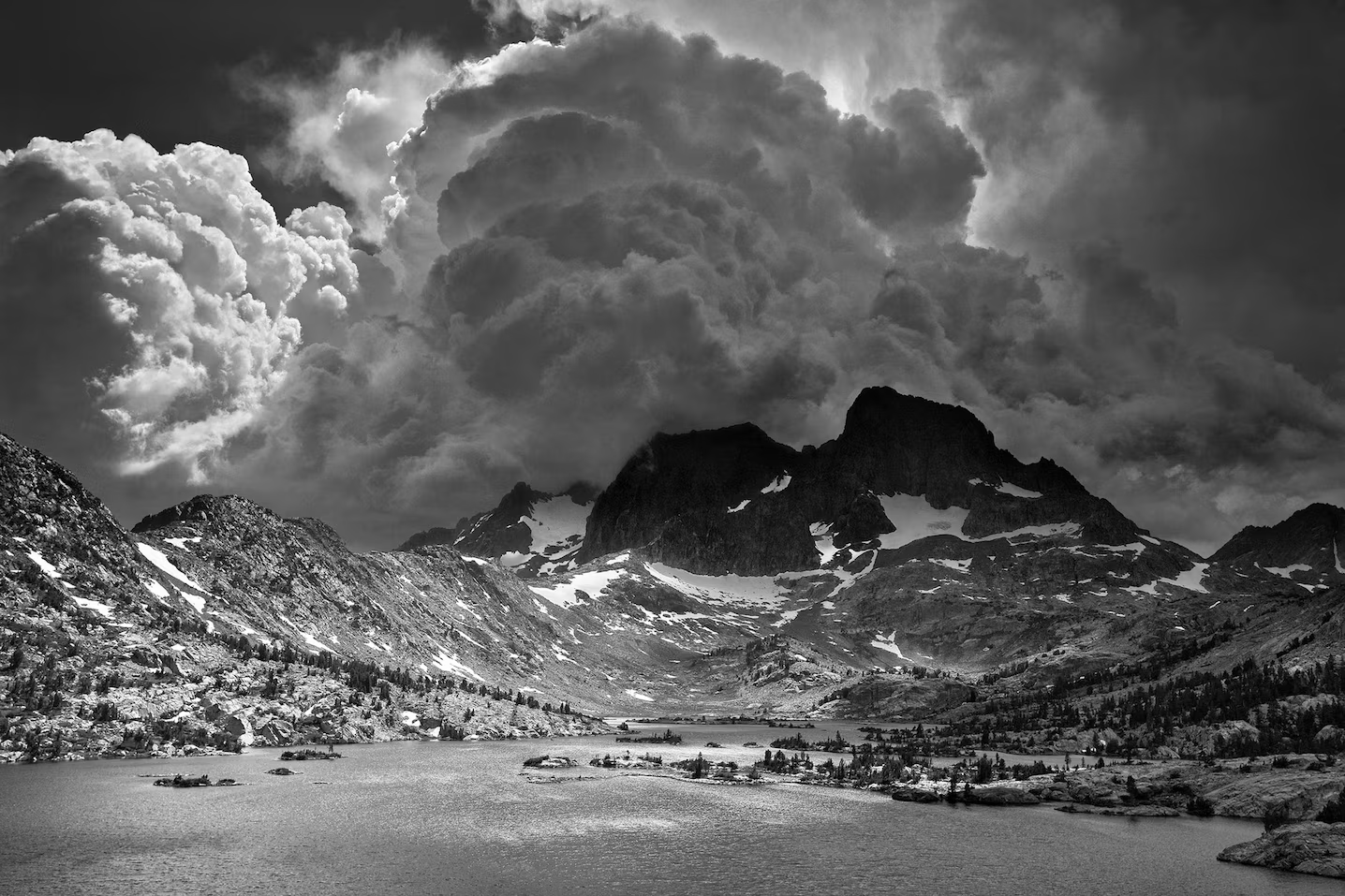
- Andy Goldsworthy: An environmental artist, Goldsworthy creates temporary sculptures using natural materials like leaves, stones, and ice. His works are often site-specific and emphasize the transient beauty of nature.
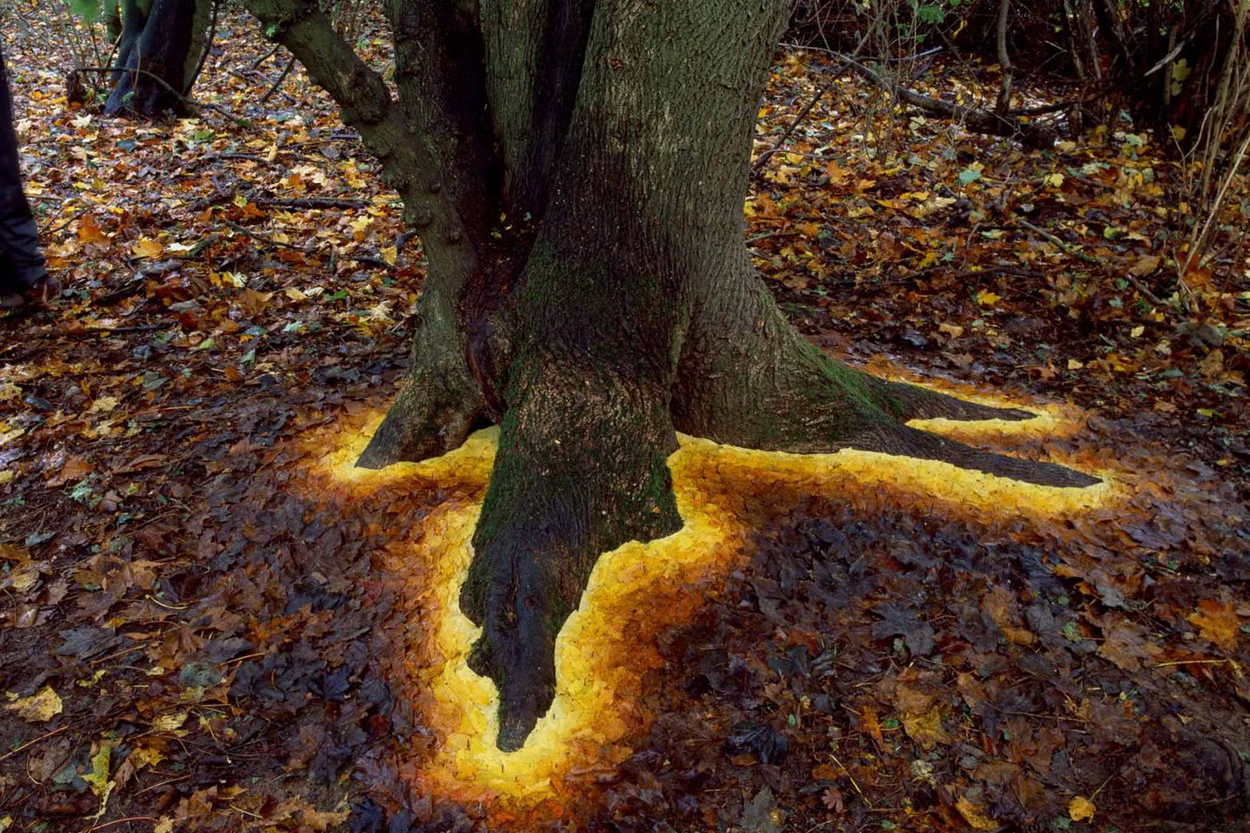
Techniques for Incorporating Natural Elements into Your Work
Incorporating elements of nature into your art can add depth and texture, and here are some techniques to consider:
- Using Natural Materials: Integrate leaves, flowers, sand, and other natural materials into your mixed media artworks. These elements can add texture and a sense of organic beauty to your pieces.
- Capturing Natural Light and Shadows: Pay attention to how natural light and shadows interact with your subjects. This technique is especially effective in painting and photography, where light can dramatically change the mood and tone of a piece.
- Creating Texture and Patterns: Nature is full of unique textures and patterns, from the rough bark of a tree to the delicate veins of a leaf. Try to replicate these textures in your work using different tools and techniques, such as impasto in painting or macro photography.
- Experimenting with Colour Palettes: Nature offers a diverse range of colours, from the vibrant hues of a sunset to the subtle tones of a misty morning. Use these natural colour palettes to create harmonious and evocative artworks.
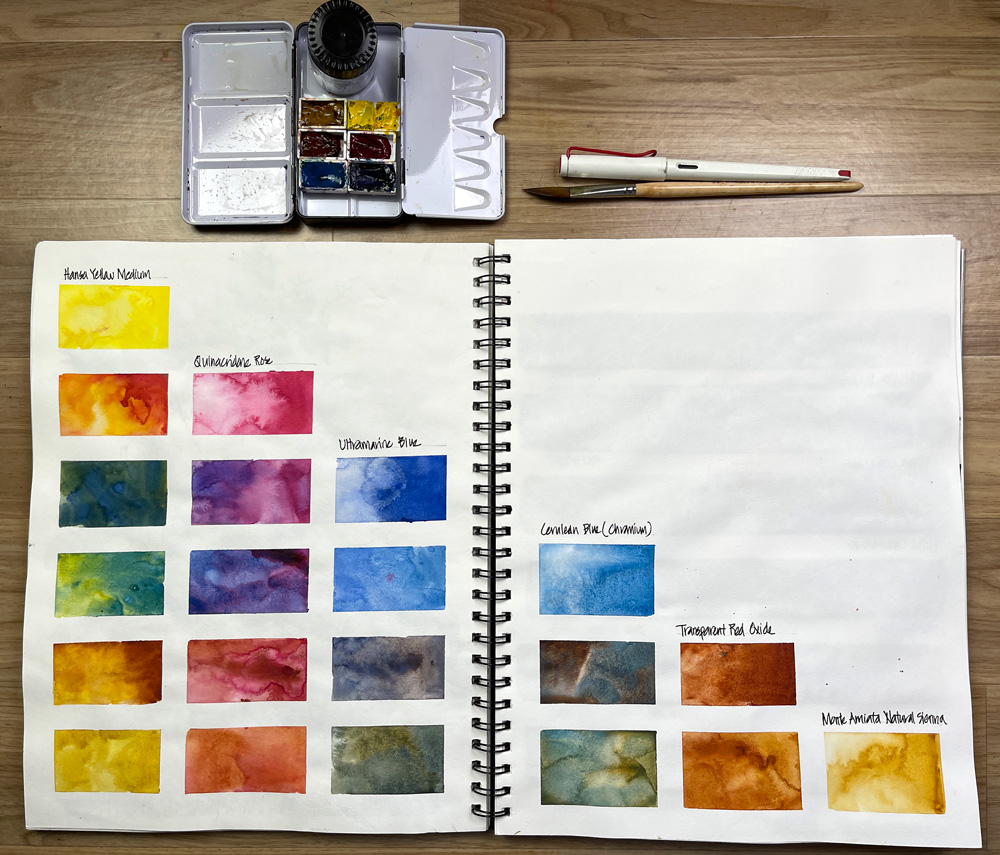
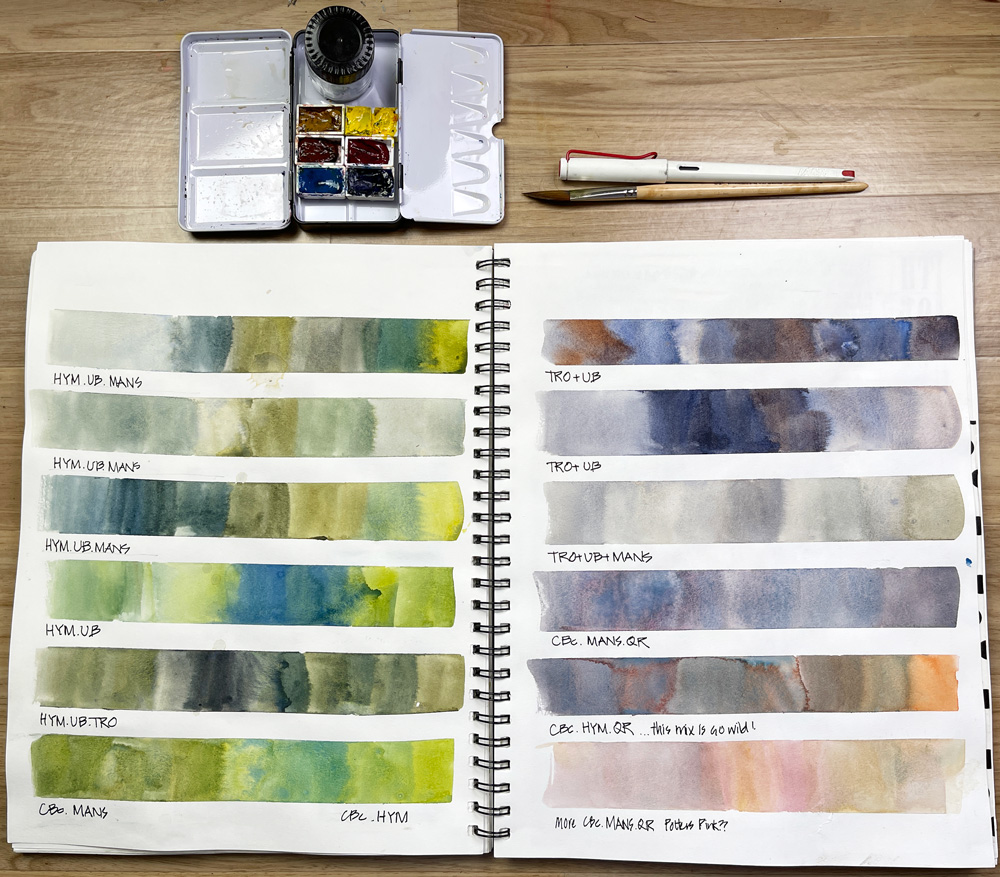
Benefits of Outdoor Sketching and Painting
Taking your art practice outdoors can be incredibly beneficial:
- Enhancing Observational Skills: Sketching and painting outdoors forces you to observe your surroundings closely, improving your attention to detail and understanding of natural forms.
- Therapeutic Effects: Being in nature can have a calming and rejuvenating effect. Outdoor art sessions can reduce stress and increase your overall well-being.
- Capturing Essence and Atmosphere: Working directly in natural settings allows you to capture the true essence and atmosphere of a place, which can be difficult to replicate from photographs.
- Practical Tips:
- Gear: Bring lightweight, portable supplies such as a sketchbook, pencils, watercolors, and a foldable stool.
- Locations: Choose quiet, accessible locations where you can work comfortably without distractions.
- Techniques: Start with quick sketches to capture the scene, then add details and colour. Don’t worry about perfection; focus on capturing the moment and your impressions.
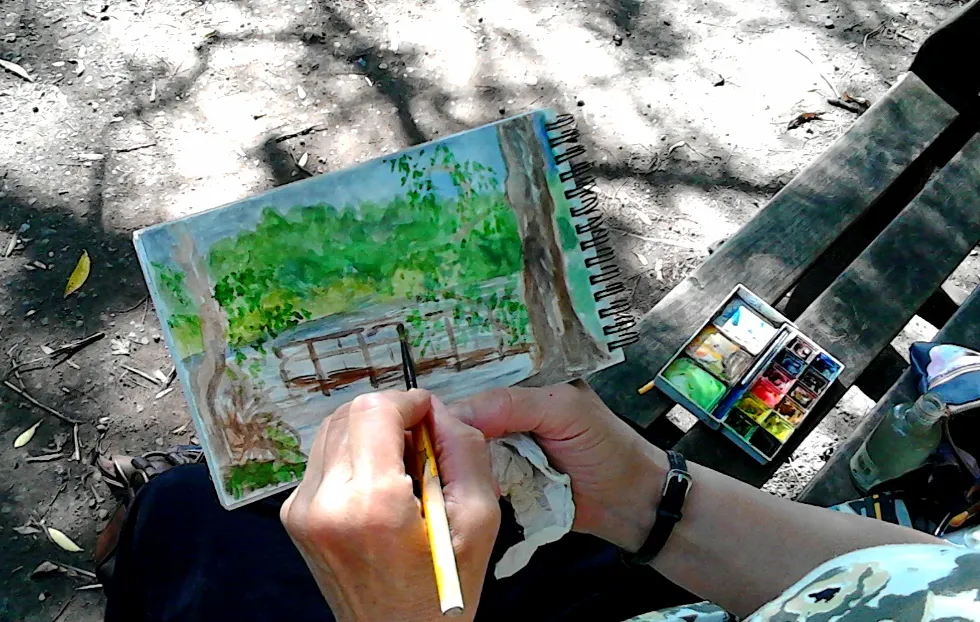
Nature’s influence on art is undeniable and enduring. By exploring natural elements, techniques, and the benefits of outdoor sketching and painting, you can deepen your connection to both your art and the world around you. So, grab your sketchbook, head outside, and let the beauty of nature inspire your next masterpiece.
If you would like to receive a roundup of all of our blog posts once a week to keep you inspired in your inbox, why not sign up to our newsletter. You can access our sign up at the top of our page. If you are a London Art College student and you would like your artwork featured here, drop us a line at any time.

